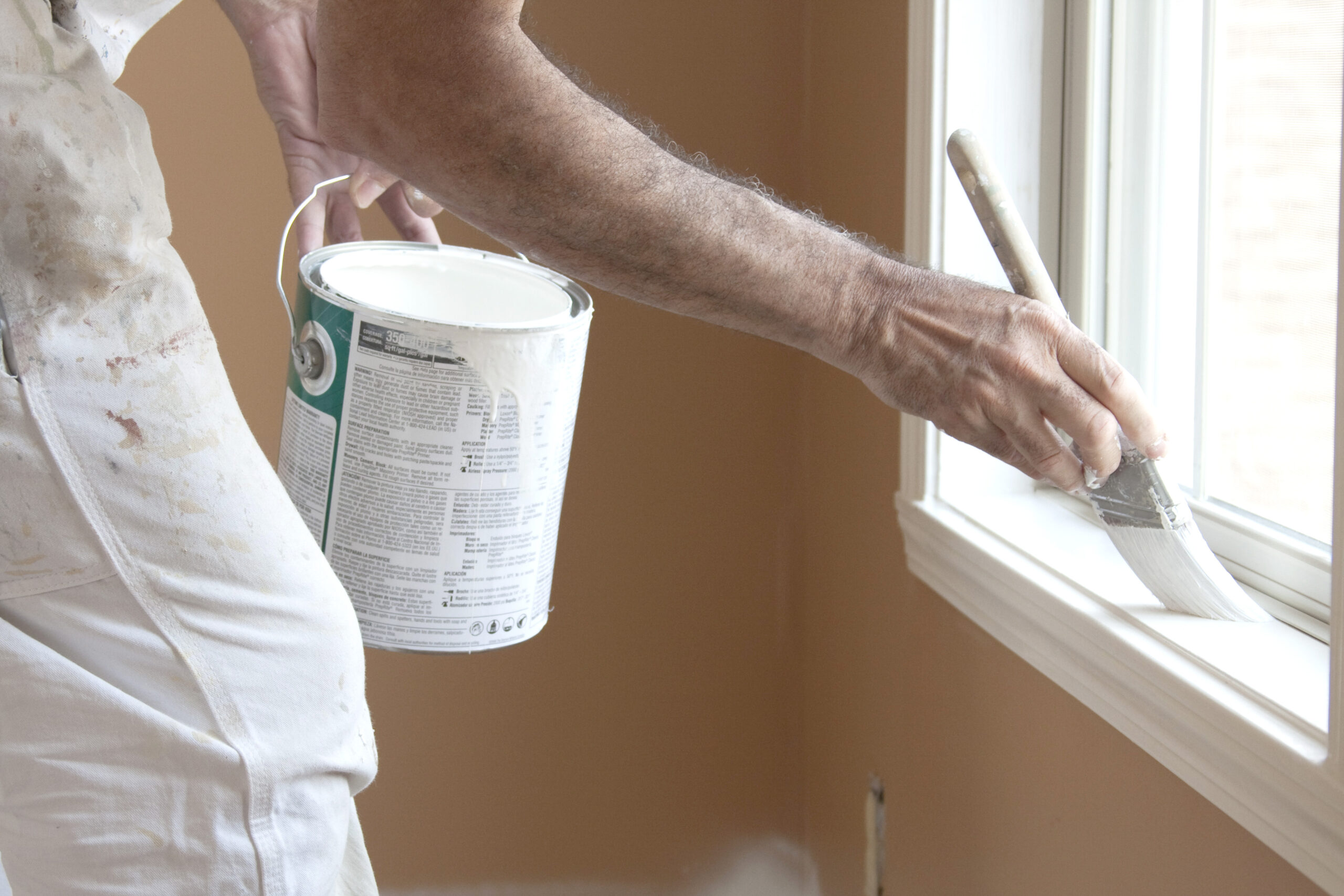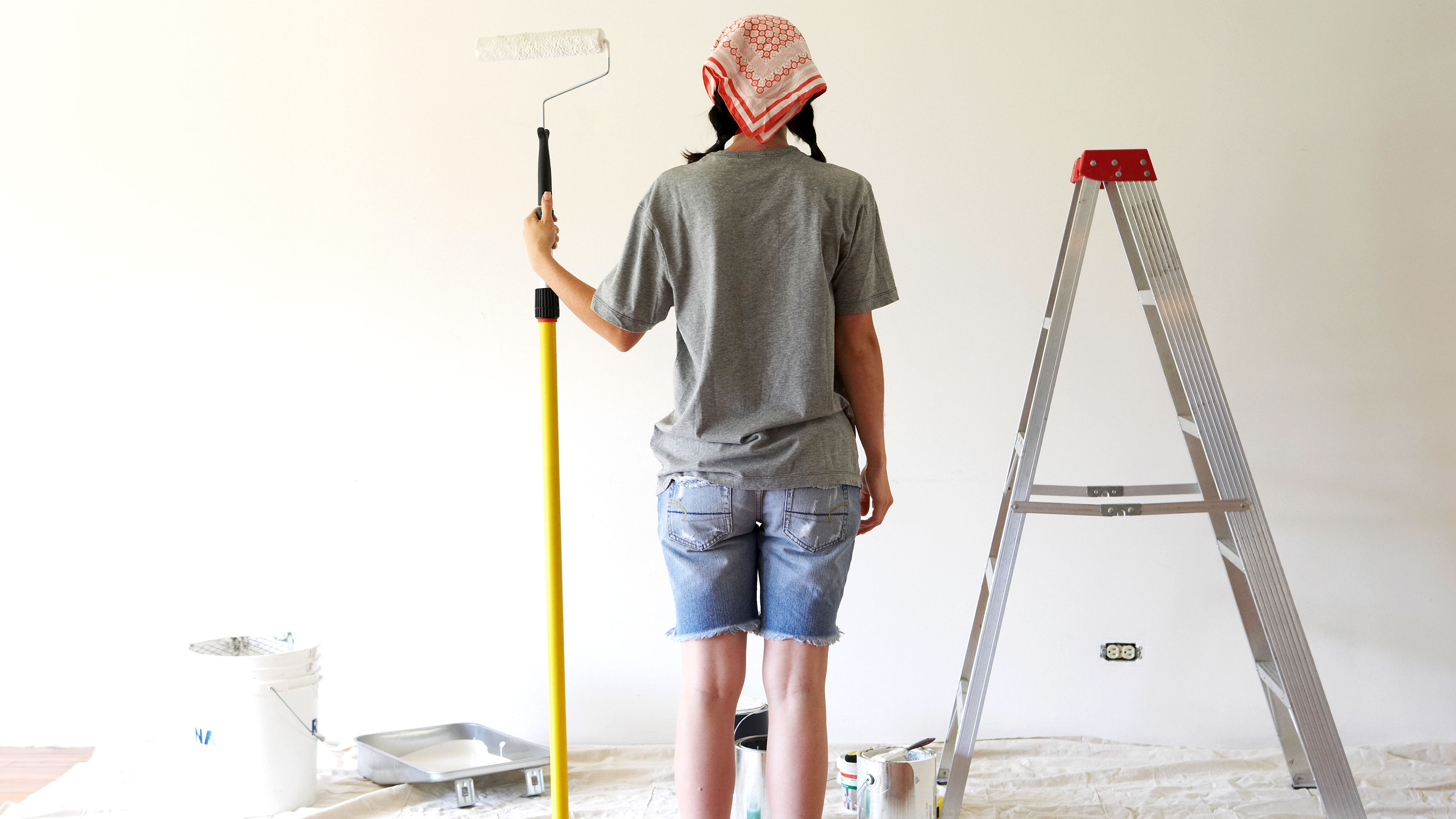Factors Affecting Paint Drying Time in Bathrooms: How Long To Let Paint Dry Bathroom

Bathrooms are notorious for their humidity, which can significantly impact paint drying times. While the overall drying time for paint can vary depending on the brand, type, and finish, understanding the factors that influence this process is crucial for ensuring a successful paint job.
Humidity’s Influence on Paint Drying Time
Humidity plays a crucial role in paint drying. High humidity levels, common in bathrooms, slow down the evaporation of water from the paint, extending the drying time. The water in the paint needs to evaporate for the paint to solidify and cure.
Temperature’s Effect on Paint Drying Time
Temperature also affects paint drying time. Warmer temperatures accelerate the evaporation process, leading to faster drying times. Conversely, cooler temperatures slow down the evaporation, extending the drying time.
Ventilation’s Impact on Paint Drying Time
Ventilation is crucial for paint drying in bathrooms. Adequate ventilation helps remove moisture from the air, promoting faster evaporation and reducing drying time.
Paint Type and Brand’s Influence on Drying Time
Different paint types and brands have varying drying times. Oil-based paints typically take longer to dry than latex paints, which are water-based. Some brands offer faster-drying formulas, while others may have longer drying times.
Drying Times of Different Paint Finishes
The finish of the paint also influences drying time. Matte finishes, with less sheen, tend to dry faster than glossy finishes, which have a higher sheen. Satin finishes fall somewhere in between.
General Drying Time Guidelines for Bathroom Paint
:max_bytes(150000):strip_icc()/how-long-paint-takes-to-dry-0623-9c1b200310ed493b836e13e911167f5c.jpg)
Knowing how long bathroom paint takes to dry is essential for achieving a smooth, durable finish. The drying time can vary depending on the type of paint, environmental conditions, and the thickness of the applied coat.
Typical Drying Times for Different Bathroom Paint Types
The drying time for bathroom paint can vary depending on the type of paint used. Here’s a table summarizing the typical drying times for different types of bathroom paint:
| Paint Type | Drying Time (to touch) | Drying Time (to recoat) |
|---|---|---|
| Latex Paint | 1-2 hours | 4-6 hours |
| Oil-Based Paint | 6-8 hours | 24 hours |
Guidelines for Minimum Drying Time Before Applying a Second Coat, How long to let paint dry bathroom
It’s crucial to wait long enough for the first coat to dry before applying the second coat. This ensures that the paint layers adhere properly and create a smooth, even finish.
The minimum drying time before applying a second coat is usually stated on the paint can’s label.
However, it’s generally recommended to wait at least 4 hours for latex paint and 24 hours for oil-based paint before applying a second coat.
Flowchart for Checking Paint Dryness
The following flowchart illustrates the process of checking if paint is dry enough for the next coat:
“`
[Start]
| V Is the paint dry to the touch? |
V V Yes No |
V V Wait 30 minutes |
V Is the paint dry to the touch? |
V V Yes No |
V V Apply second coat |
|---|
V
[End]
“`
Tips for Accelerating Paint Drying in Bathrooms

The bathroom, with its inherent humidity, poses a unique challenge for paint drying. Fortunately, there are several strategies you can employ to expedite the process.
Increasing Ventilation in the Bathroom
Good ventilation is crucial for removing moisture from the air, promoting faster paint drying. Here are some tips:
- Open Windows: If weather permits, open windows to create a cross-breeze, facilitating air circulation and expelling moisture.
- Use Exhaust Fans: Turn on the bathroom exhaust fan during and after painting to draw out moisture-laden air.
- Install a Ceiling Fan: A ceiling fan can help circulate air, even when the windows are closed.
Controlling Humidity Levels in the Bathroom
Excessive humidity can significantly slow down paint drying. Here’s how you can manage it:
- Limit Hot Showers: Shorten your showers and avoid using excessively hot water to minimize steam production.
- Use a Dehumidifier: A dehumidifier can effectively remove excess moisture from the air, creating a more favorable drying environment.
- Dry Clothes Outside: Avoid drying clothes in the bathroom, as it adds moisture to the air.
Using Fans to Speed Up Drying
Fans can help accelerate paint drying by circulating air and promoting evaporation.
- Box Fans: Position a box fan in front of the painted surface to direct airflow towards it.
- Oscillating Fans: Oscillating fans can distribute airflow more evenly across the room, enhancing drying efficiency.
Using a Hairdryer to Accelerate Drying Time
For smaller areas or touch-ups, a hairdryer can be used to expedite drying.
- Low Heat Setting: Use the hairdryer on a low heat setting to avoid damaging the paint.
- Keep Moving: Move the hairdryer continuously to prevent the paint from overheating.
